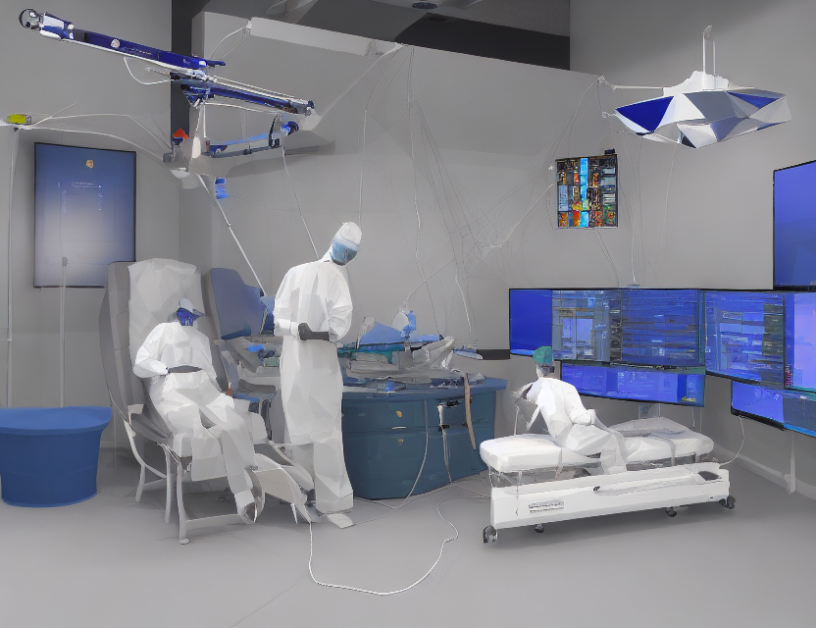In medical image analysis, it’s crucial to understand both local and global context when analyzing images. Attention U-Net is a powerful neural network architecture that addresses this challenge by blending the strengths of U-Net with self-attention mechanisms. This innovative design has the potential to significantly improve the accuracy and efficiency of medical image analysis tasks, such as tumor segmentation and disease diagnosis.
Self-Attention Modules
The heart of Attention U-Net is its self-attention modules, which implement multi-head attention for capturing long-range dependencies within the data. These modules are interspersed throughout the network, allowing the model to focus on salient features and improve overall performance. Think of self-attention like a spotlight that shines on specific parts of an image, highlighting important details while ignoring others.
Mid-layers
In the middle of the network, mid-layers process the features from the downsampling path, employing skip connections for added efficiency. Skip connections are like shortcuts that allow the model to jump over unnecessary layers and focus on the most critical information. This design helps to reduce computational complexity while maintaining accuracy.
Upsampling Path
The upsampling path consists of a decoder that increases the spatial dimensions and integrates features from the downsampling path, enhancing detail retention. Think of the decoder as a reverse zoom function that gradually enhances the image resolution, allowing the model to capture finer details.
Forward Method
The forward method defines the workflow of Attention U-Net, starting with the concatenation of two input data types and proceeding through the successive network layers, with optional interpolation of input and output to specific dimensions. This process can be visualized as a series of concentric circles, where each circle represents a layer of the network, and the circles are connected like links in a chain.
Advantages
Attention U-Net offers several advantages over traditional neural network architectures. Firstly, it reduces computational complexity by selectively focusing on important features. Secondly, it enhances feature detail retention by integrating information from multiple scales. Finally, it streamlines the network structure, making it easier to train and optimize.
Conclusion
Attention U-Net is a powerful neural network architecture that leverages self-attention mechanisms to improve the accuracy and efficiency of medical image analysis tasks. By selectively focusing on salient features, it reduces computational complexity while maintaining accuracy. With its innovative design and versatile applications, Attention U-Net has the potential to revolutionize the field of medical image analysis and beyond.



